


In PLOS Pathogens, researchers at the University of São Paulo in Brazil report a study based on autopsies of 47 patients who died after being infected by the ancestral strain of SARS-CoV-2. The findings will support clinical decisions on the treatment of critical cases.
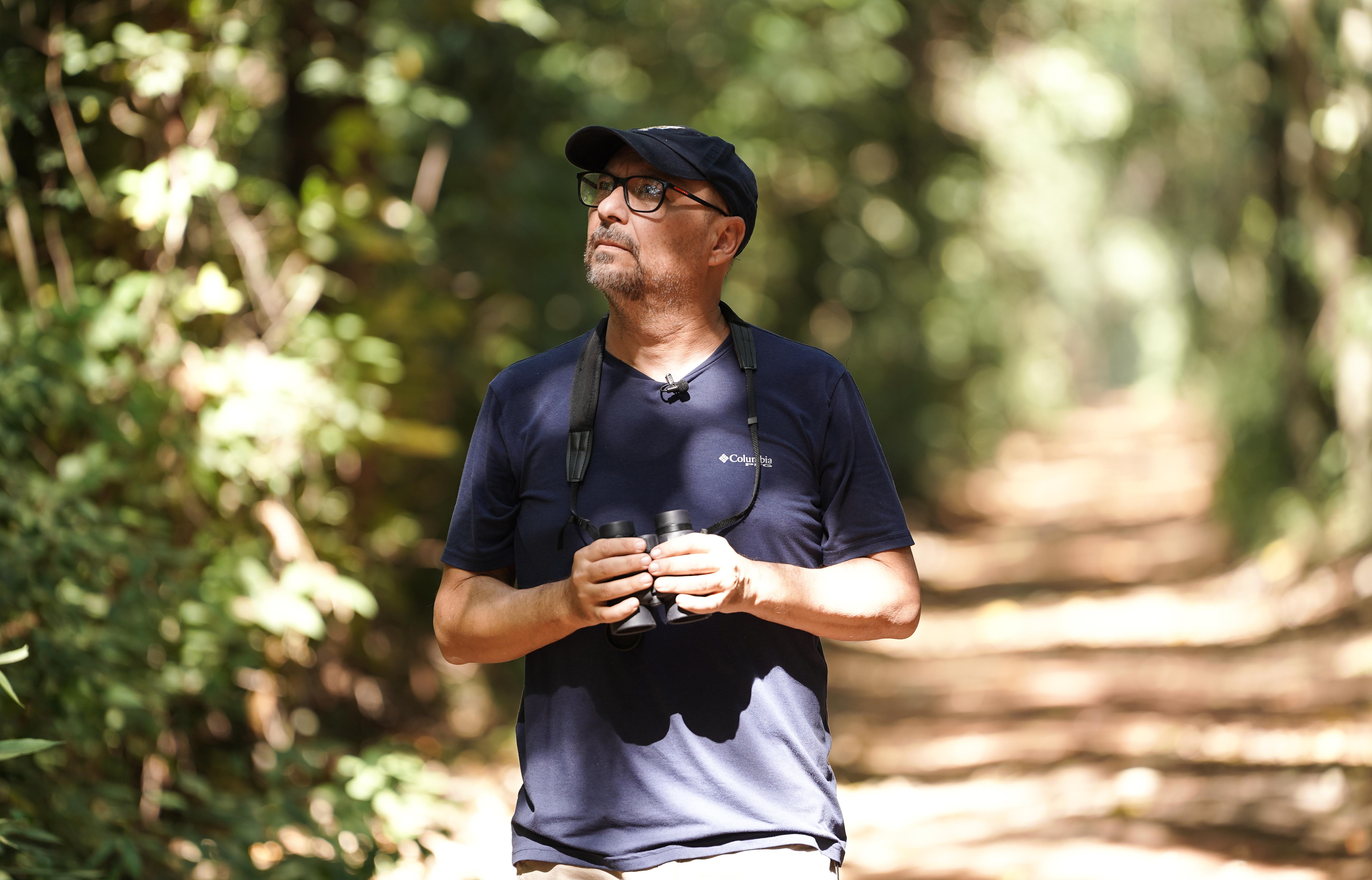
A member of the Center for Research on Biodiversity Dynamics and Climate Change, Mauro Galetti uses his experience from his undergraduate studies in biology to his most recent studies in ecology to tell stories in accessible language that inspire readers to fight for the planet.

Scientists at the University of São Paulo present this conclusion based on a systematic review of the literature in a paper published in the Journal of Cleaner Production.
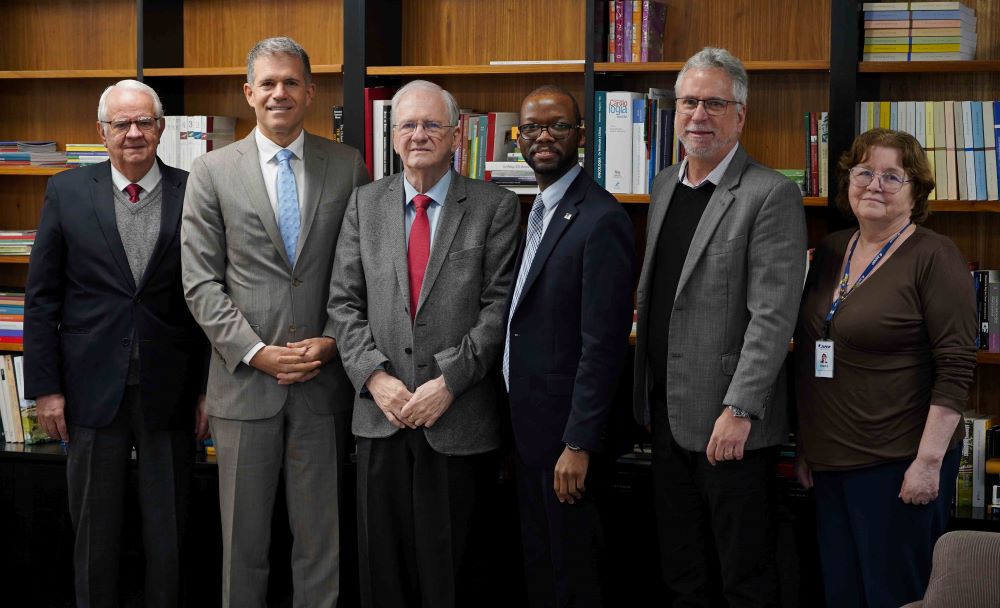
Richard Glenn’s aim on his first official visit to Brazil was to strengthen the ties of partnership with FAPESP.

In the journal Current Microbiology, Brazilian researchers describe how three strains of bacteria in the genus Lactobacillus can benefit human health and meet the needs of the cheese industry.

Brazilian researchers investigated the effects of delivery date manipulation to avoid the Carnival holiday. Their findings suggest Brazilian women are giving birth too early, impairing the health of their babies.
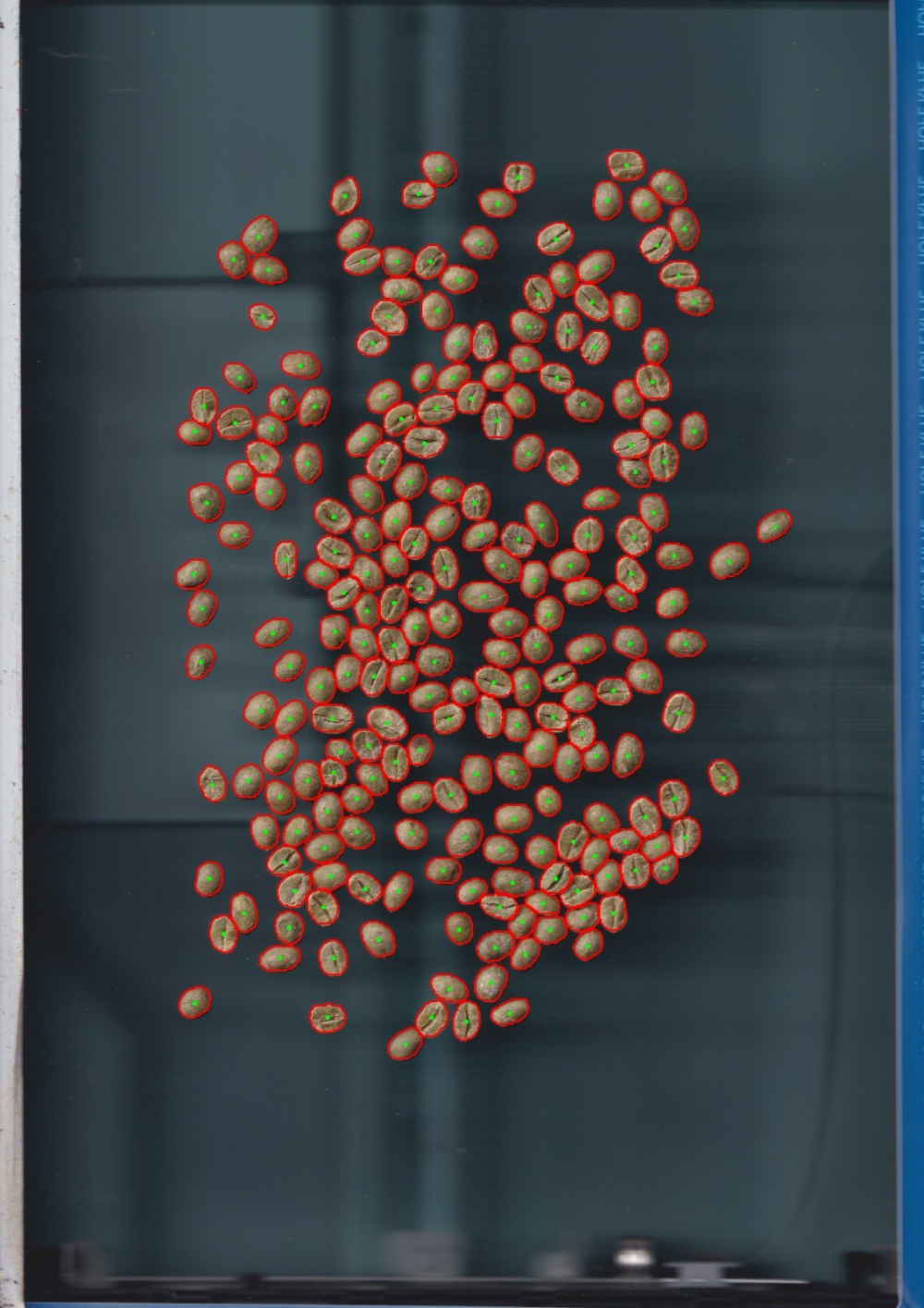
A system created by a startup supported by FAPESP evaluates coffee cherry quality with precision on the production line, reducing waste and enhancing yield.

The researchers based their findings, published in Molecular Autism, on data for more than 900 children with ASD and experiments with brain organoids derived from blood cells donated by some of the children.

An article reporting the study is featured on the cover of Nano Letters; the findings can help design next-generation electronic materials for the semiconductor and nanotechnology industry.
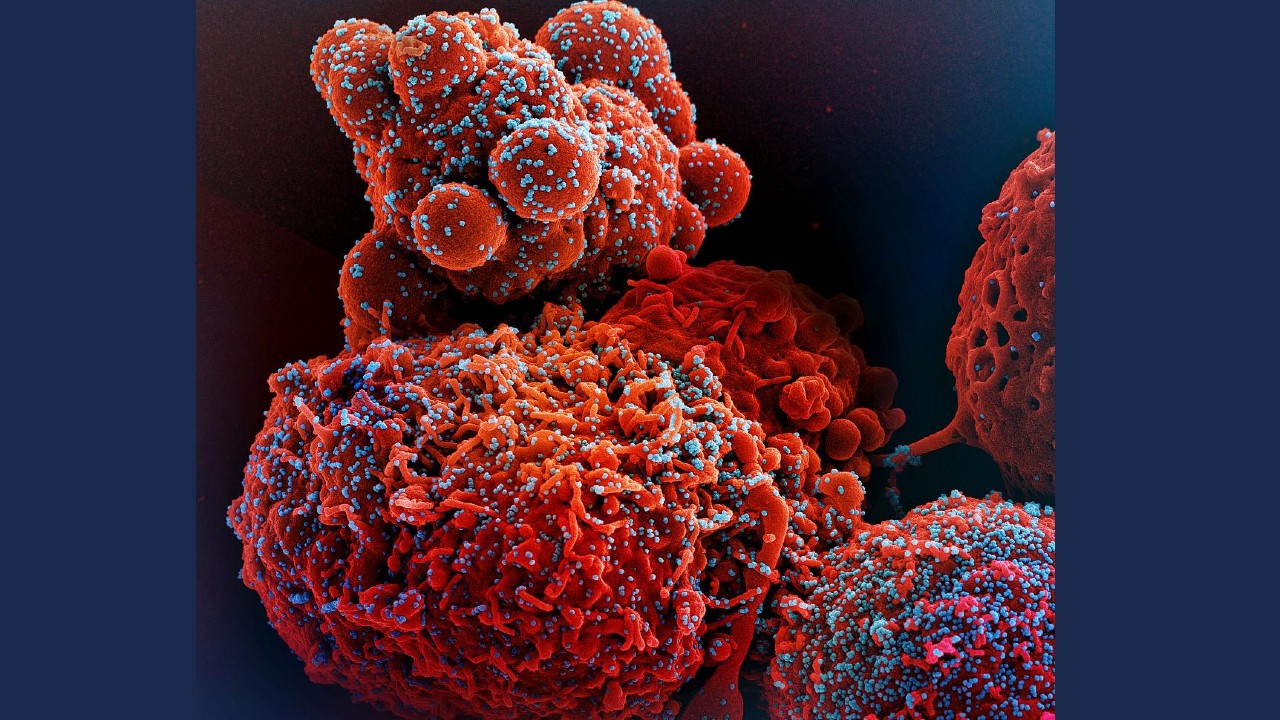
According to Brazilian researchers, SARS-CoV-2 uses this strategy to manipulate the machinery of the host’s defense cells. The discovery paves the way for the development of novel therapies.
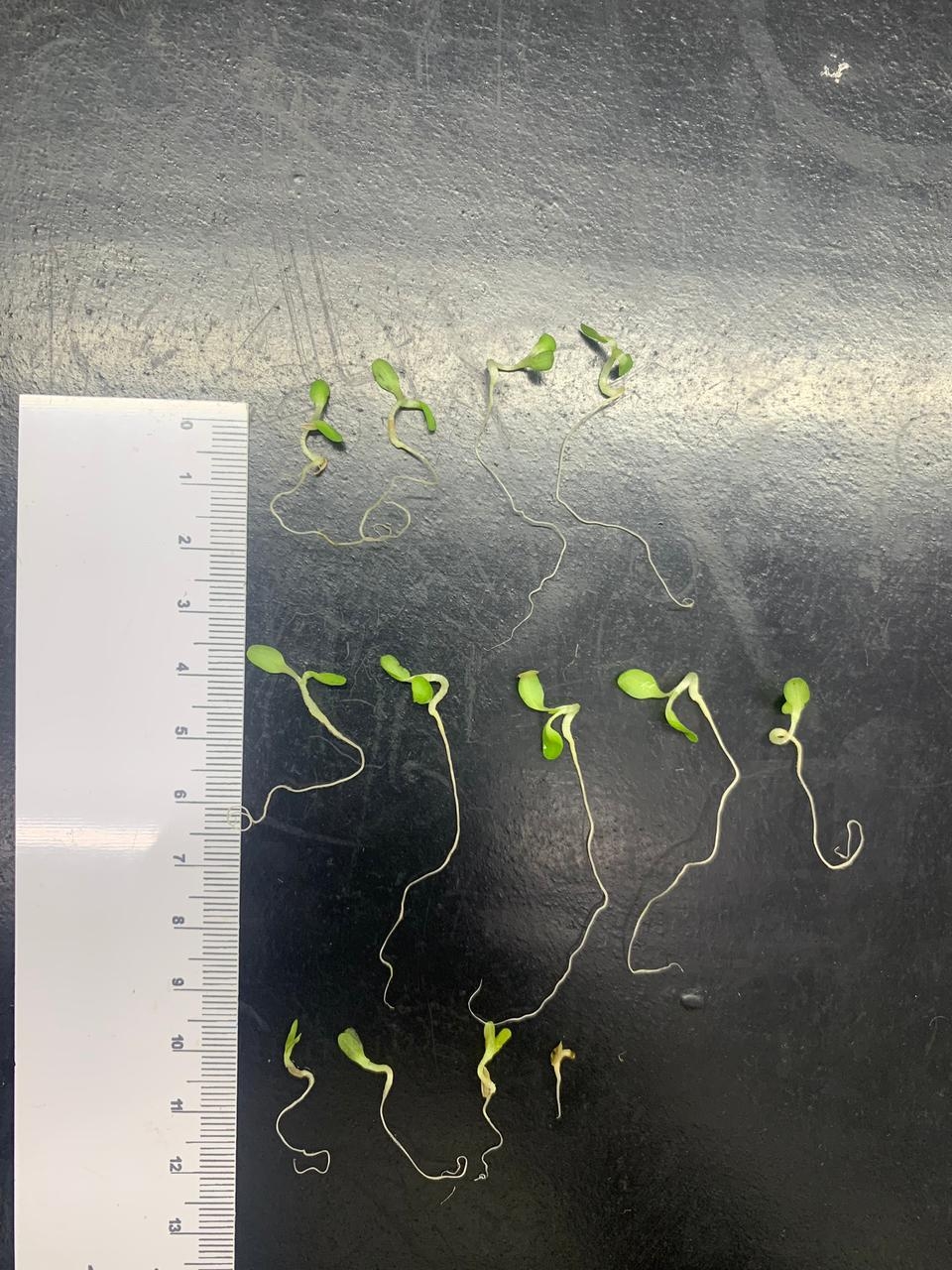
A startup supported by FAPESP has created a solution that promotes development and growth of the roots and aerial part of plants.
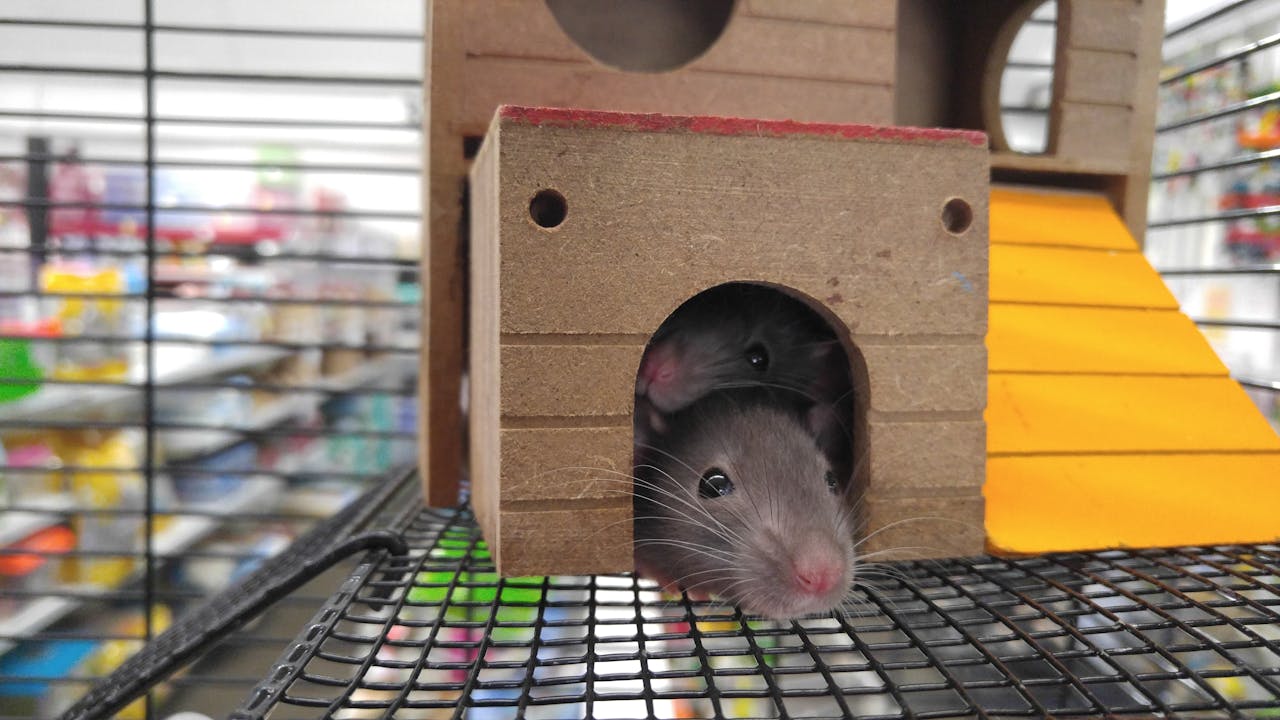
Experiments with mice at the University of São Paulo used cutting-edge techniques to investigate the neural circuits behind aversive behavior and fear memory. The findings are reported in Current Biology.

Brazilian researchers publish preliminary data showing that the pathogen has undergone mutations making it more aggressive and contributing to resurgence of the disease in Brazil since 2023.

The analysis was conducted by researchers at São Paulo State University (UNESP), showing that when the patients took the drug, the number of times they woke up during the night fell by 25% and the amount of time they remained awake fell 30% on average.
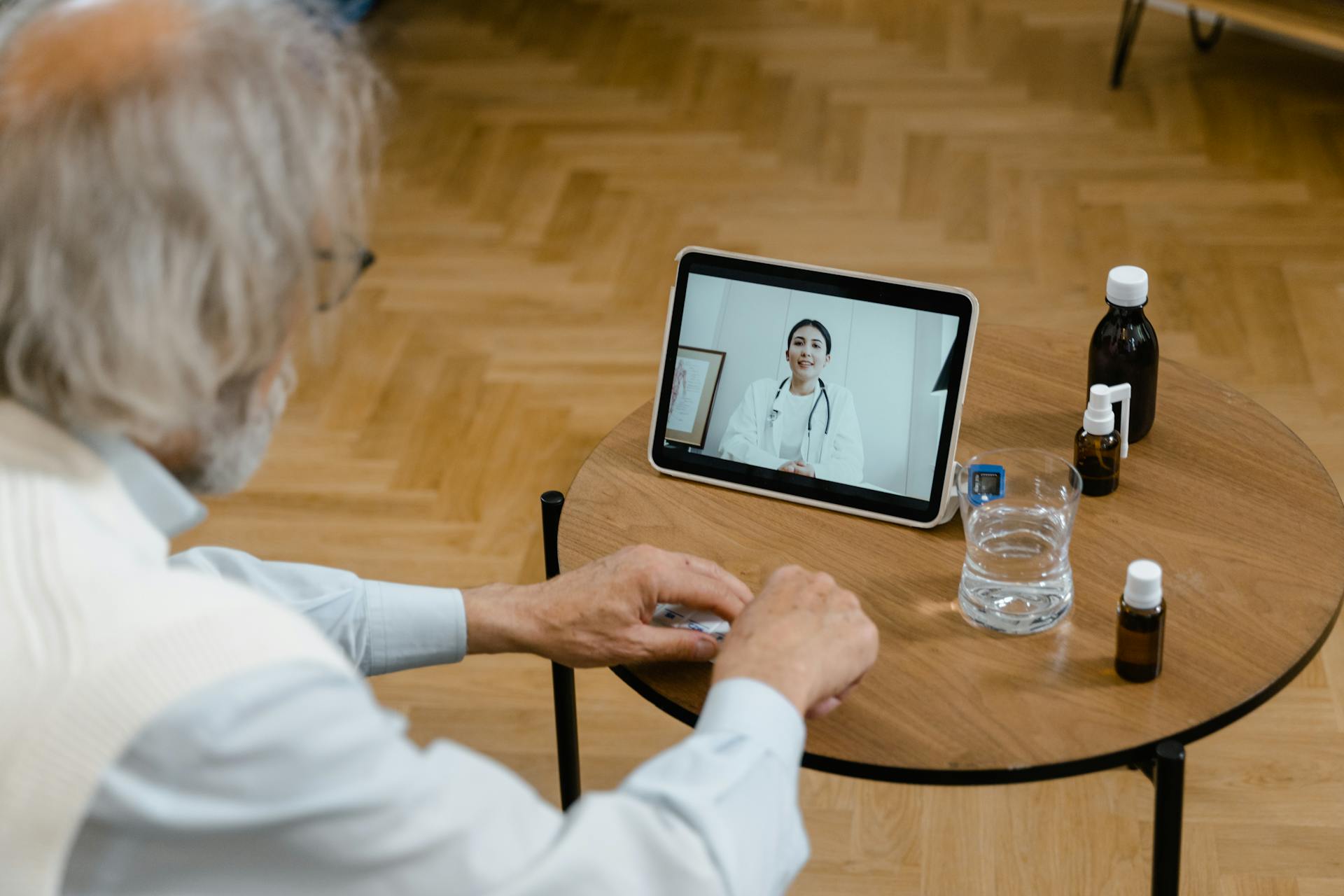
The protocol was designed at the Federal University of São Carlos (UFSCar). Trained carers help patients take standard tests used by geriatricians and physical therapists, performing them in their own homes with remote assistance from health workers. The goal is to facilitate access to treatment for older people with dementia.
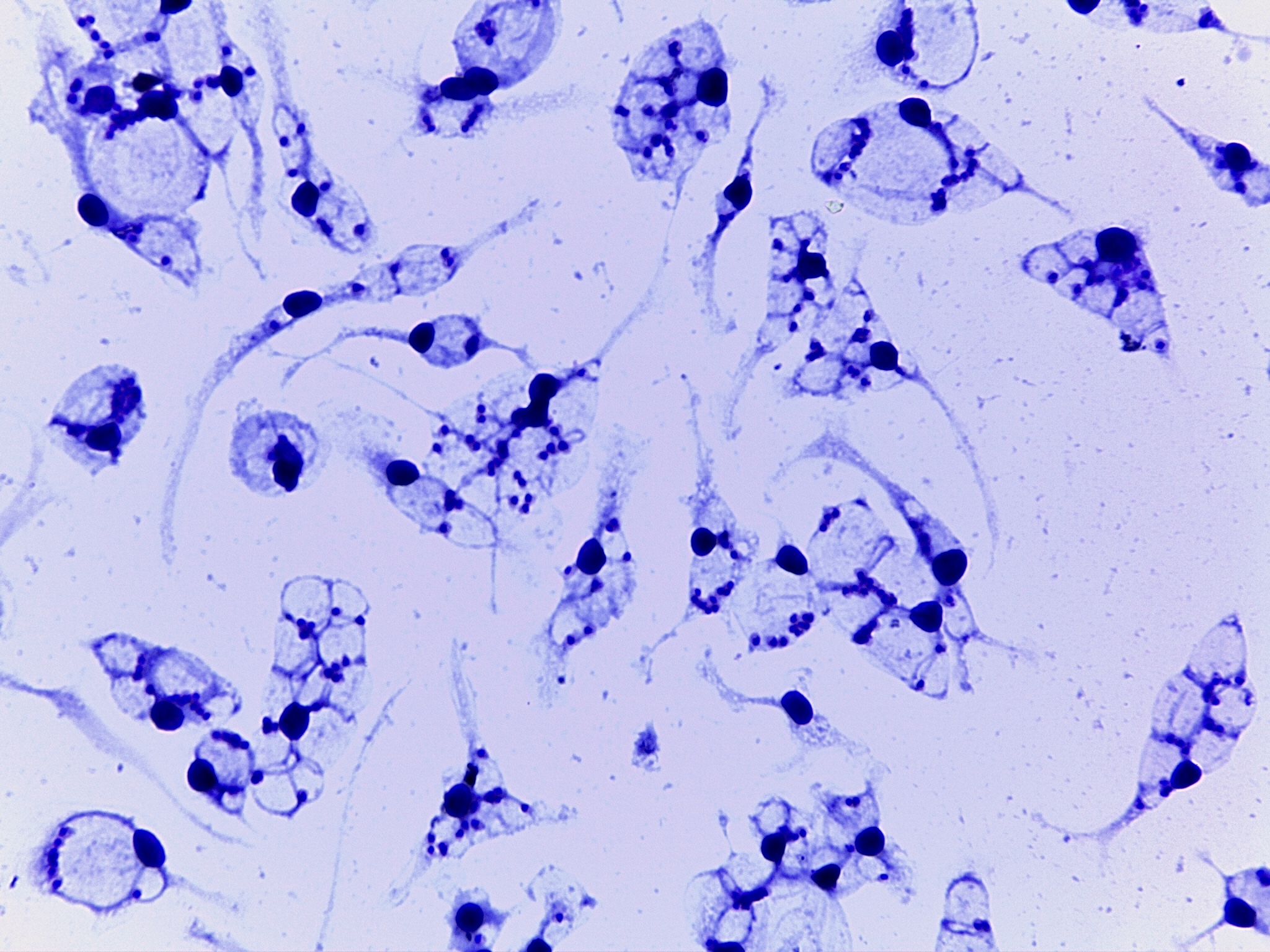
Trials conducted at the State University of Campinas (UNICAMP) confirm that the isolate of Leishmania amazonensis from a 46-year-old patient is resistant to amphotericin B.
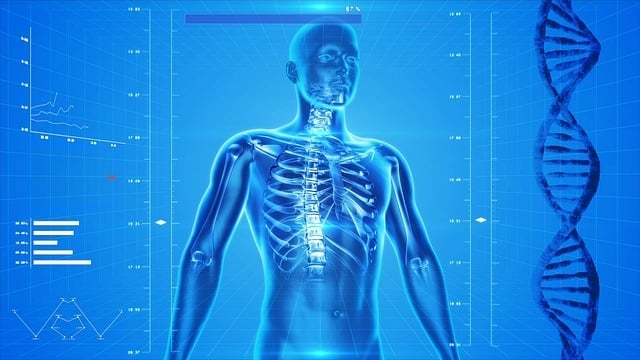
The solution, developed by a startup supported by FAPESP, estimates eight parameters with an error of under 5% for 80% of users, according to the firm’s founder.

The device can be used to implement sharing systems in which any attempt at unauthorized access is immediately detected because it alters the quantum correlations.

Work conducted at the Research Center for Greenhouse Gas Innovation will also analyze the best way to bring electricity to oil platforms off the Brazilian coast.
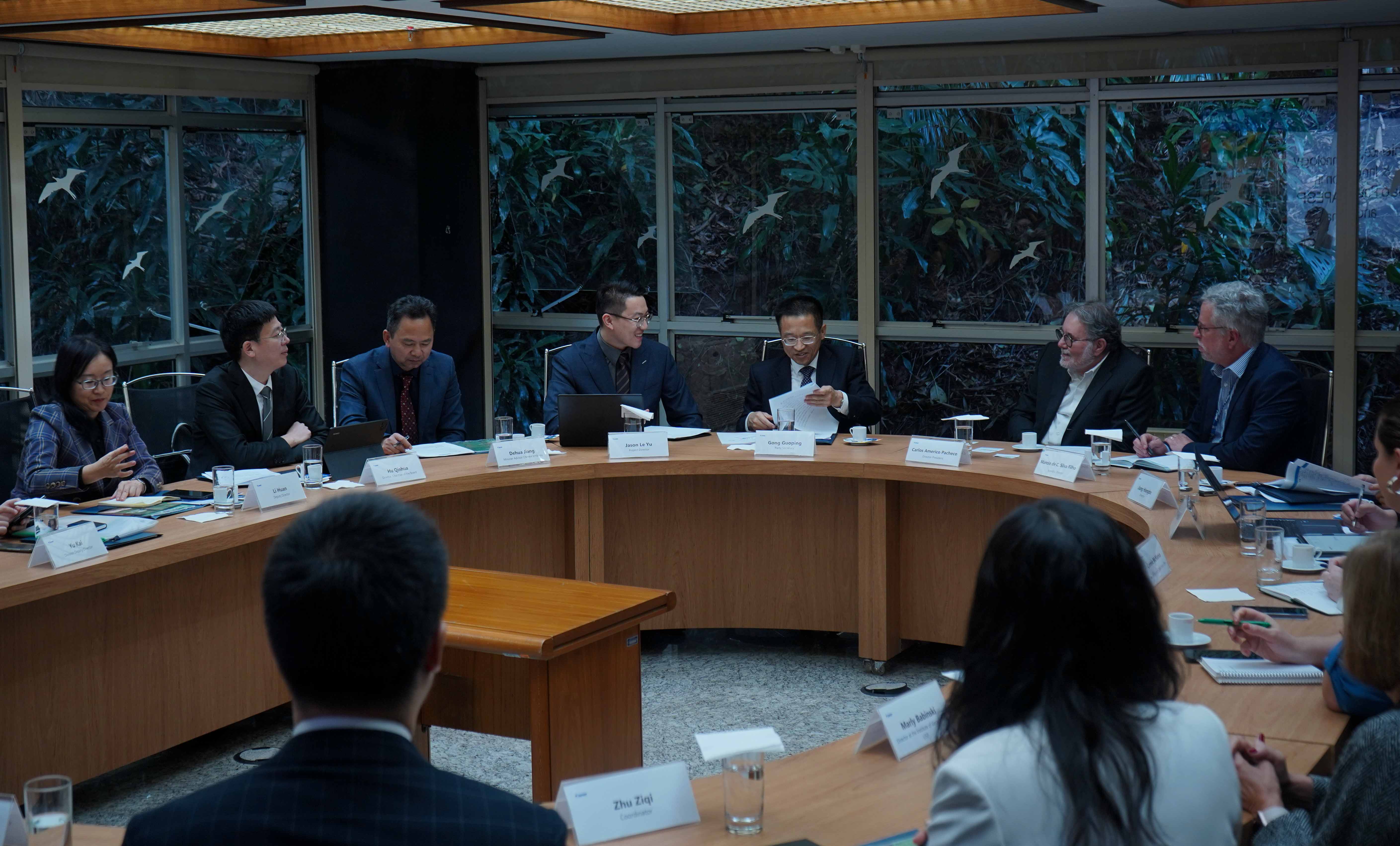
The meeting was a development arising from FAPESP Week China, held in June in Guangdong Province.

Salvator merianae, a giant tegu lizard endemic to South America, regulates its own body temperature during the mating season without relying on external heat and without shivering. Experiments conducted by researchers at São Paulo State University pointed to rising levels and activity of mitochondria in skeletal muscle as the basis for this endothermic ability.
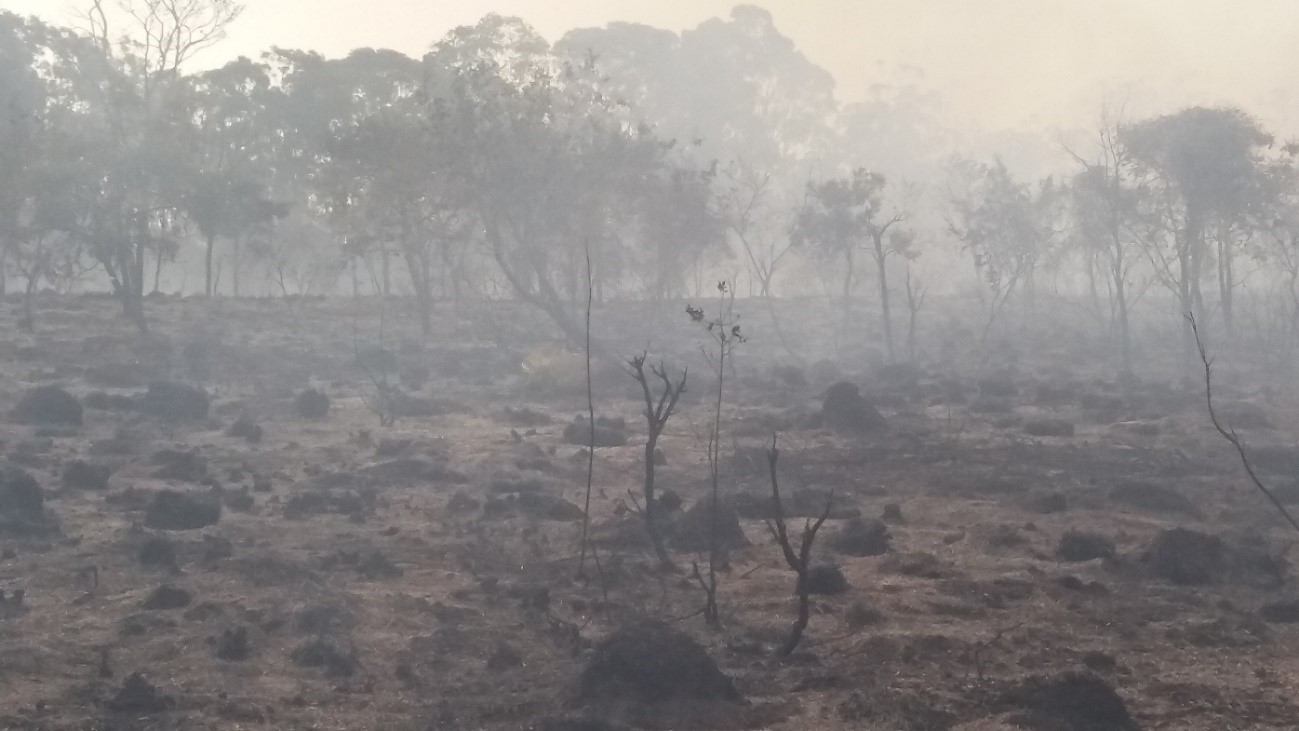
The study investigated the effect of two concentrations of smoke on seeds of 44 species typical of the Brazilian savanna-like biome. The results could be used in management and restoration strategies.
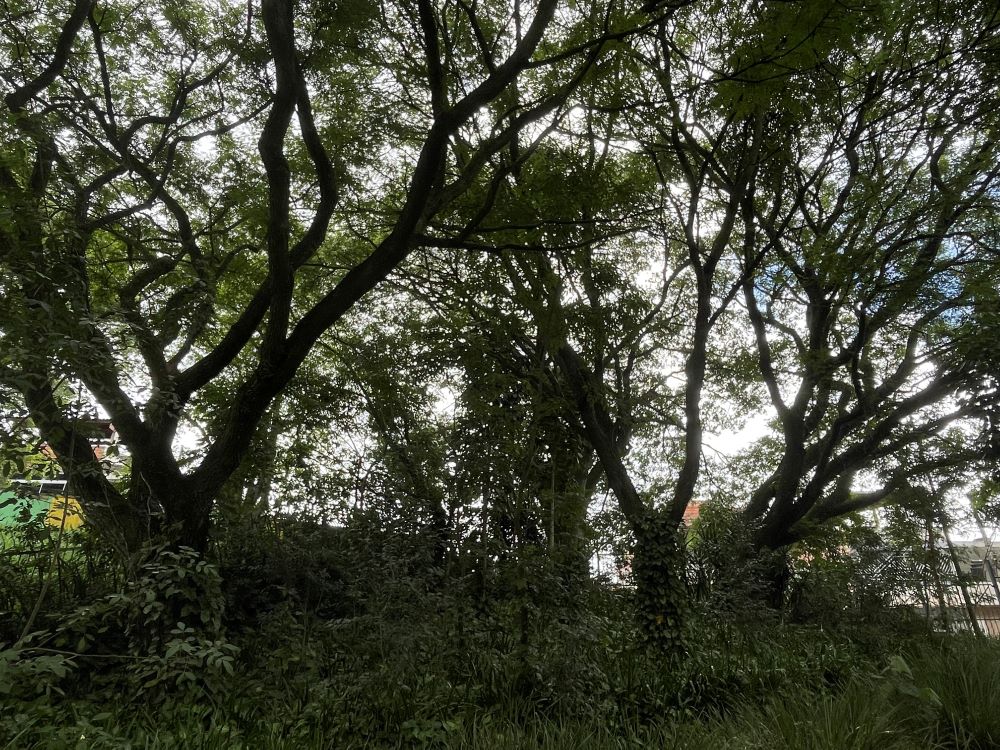
A study conducted at the University of São Paulo shows that Tipuana tipu grows faster at higher temperatures and can contribute to the city’s resilience.
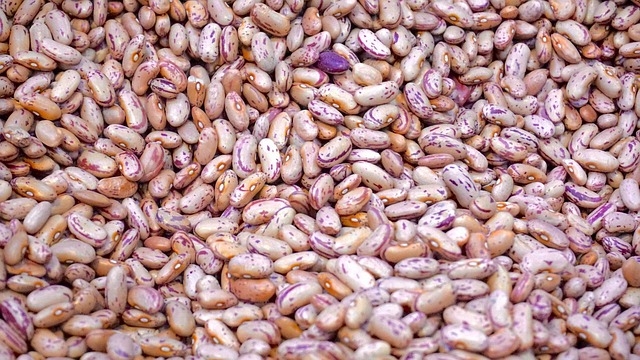
Produced by a startup supported by FAPESP, the bean protein concentrate is designed to appeal to flexitarians – consumers who want to increase their intake of plant-based foods and decrease that of animal products.